An Irishman and the 99th Regiment of Foot.
Many Irishmen joined the British military in the 1800s - here we have the story of one Irishman who joined the 99th Regiment of Foot. They started their family life in County Offaly and ended up accompanying a convict ship with the regiment to Australia.
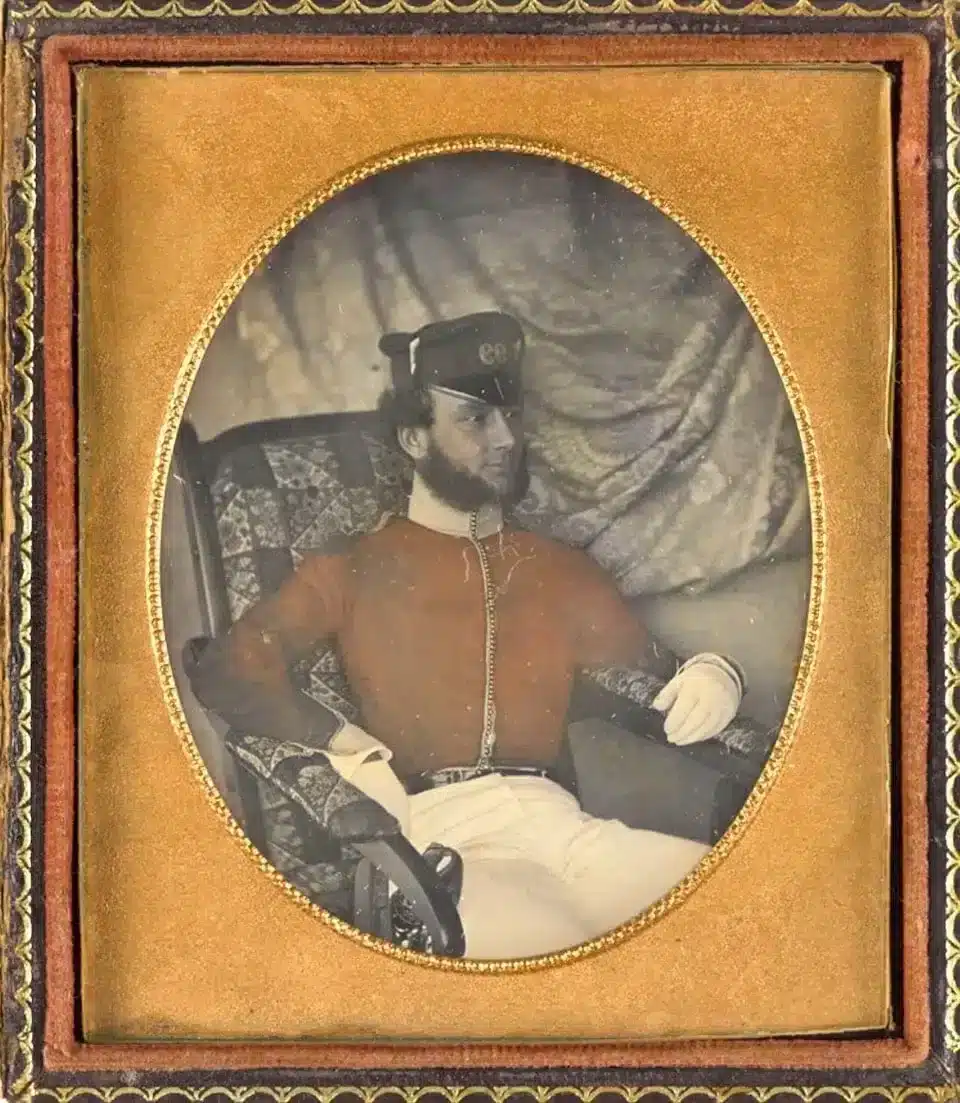
It can be quite difficult to track down the origins of an ancestor who left Ireland in the early 1800s. Useful records may be non-existent in parts of the country – and this can lead to a lot of guesswork on your part. Do you know what I mean?
This was the problem facing one of our Green Room members – her ancestors left Ireland for Australia in the early-mid 1800s, and while she has lots of records following their arrival – has nothing really from before that time.
However…..
She does know that her ancestor was a military man – and this can offer many clues as to movements and whereabouts of a particular family. So, do have a read of Barbara Silver’s ancestral story – and have a look at the next search steps we suggest based on those military links. You may find it useful in your own Irish ancestral search.
From County Offaly to New South Wales.
Barbara: My name is Barbara Silver and I live in Melbourne, Australia. I have been interested in researching my Irish ancestors for about 10 years.
The ancestors I am interested in researching are John Burns and Louisa Jane Fitzgerald who are my great great grandparents who came here to Australia with five or six children in 1841.
Mike: Very nice to meet you, Barbara. It sounds like your family has strong roots in Ireland – especially with those surnames – and strong Australian roots also.
Barbara: John was born 1806 (family unknown), and Jane 1807 to William Fitzgerald (Royal Navy) and ? Pym or Pims in Birr, Offaly, Kings County, Ireland. John and Jane were married there in 1824. From family information as well as from marriage and death certificates I discovered that their children were all born in different towns.
Their children were: Mary, 1828 Cork, Ireland; William, unknown ‘died young’; John, 1833 in Northern Ireland; Louisa, 1835 Portsmouth, England; my great grandmother, Eliza, 1837, in Plymouth, England; Ellen, 1839, in Athlone, Ireland (think I have found her birth actually at St Peters Church, it’s in Latin but I’ll definitely check this out); then Kate, 1845, born in New South Wales, Australia. I wonder if those towns they lived in in Ireland will tell a story.
Mike: OK – there is quite a lot of information there to unpack.
- Firstly, the time you mention in Ireland (early 1800s) was a time when records were kept only by various church parishes – there were no civil records in place at the time. These can be quite “patchy”, so we need to be careful assuming that any uncovered records are yours.
- It is interesting that William Fitzgerald is listed as “Royal Navy” – sometimes the existence of military records can make it much easier to track down the movements of a family (on the flip side, military families tended to move around more!).
- Pim is a quaker surname that was found in quantity in neighbouring County Laois (called Queen’s County at the time).
- Finally, we need to remember that the “United Kingdom of Great Britain and Ireland” was formed in 1801. This means that Ireland was an internal part of the United Kingdom (which lasted to partition of the island in 1922). The reason I mention this is because many young Irish men went to the nearest garrison town in Ireland (often the local market town) to join the army and “see the world” – or just have some gainful employment.
- There were many garrison towns around Ireland including Birr (known as Parsonstown at the time) and Athlone. So, it would appear that John, Lucia “Jane” and family were one of these military families – moving around garrison towns in both Ireland and England (and possibly overseas) through the early-middle part of the 1800s.
Barbara: I was never able to find anything for these two families outside of Australia. What’s more, I can find no record of their passage here. In other words I reached the proverbial ‘brick wall’. The family have passed down basic information. This has all been checked out by their certificates. Jane’s death certificate states that she was married in Parsonstown in 1824. Her place of birth has been given as ‘not known’ though it came through the family that it was Parsonstown. John’s death certificate states that he was both born and married in Birr, Kings County, Ireland. Same place of course but I’m writing it as per certificate.
Following The 99th Regiment of Foot.
Mike: Understood. However, I would like to go back to that baptismal record you mention in Athlone for “Ellen”. I had a look at that record and noticed that John Beirne is listed as a member of the 99th regiment in it.
Beirne is a surname found across the midlands and west of Ireland that was often anglicised as Byrne or Burns.
The 99th regiment mentioned is the “99th Regiment of Foot” – a British army regiment. I think that the movements of this regiment will be key to understanding the movements of your own Beirne/Burns family.
Here is a little history to see if we can tie your John Burns and the 99th Regiment of Foot together:
- There were many British infantry regiments with the numerical 99 in their title up to the early 1800s, but the one in question above was started in Glasgow in 1824.
- John Burns may have belonged to a different regiment at the time as the 99th were serving overseas from 1826 to 1837 (Mauritius and the Seychelles) – around the time he was getting married and having children in Ireland!
- On arrival home, they were stationed in Ireland at various garrison locations. I think this included Athlone in 1839.
- The regiment were dispatched to accompany convict ships to Tasmania and New South Wales between 1841 and 1843 (you said the Burns went to New South Wales in 1841). By 1845 the regiment were located in Chatham, west of the Blue Mountains in New South Wales. They were dispatched for New Zealand in the same year.
- The regiment returned to Ireland in 1856 for two years. By that point, John Burns was well-retired from army life. It is on record that the regiment left over 400 men behind in 1856 who transferred to other regiments – and many of whom eventually left the army and settled in the area.
- It’s worth noting that before 1847, service in the British Military was for life. However, “life” meant up to about the age of 40. Your John Burns was approaching his 40s in 1841, so it would be very interesting to track his early movements in Australia – and see if he was still with the regiment at that time.
- It may be that your John Burns (and family) was given a final assignment before his retirement in his early 40s to accompany a convict ship to New South Wales before taking up a land grant in some part of the territory. We have come across this type of situation in many of our reader stories.
Barbara: As for their journey here, again, nothing, couldn’t find a thing. We know that they immigrated in 1841 but I really have no idea where they landed. In 1845 they were in New South Wales, Australia, where the last child, Kate, was born. The eldest girl, Mary, married and after a few years went to America. Sometime in the early 1850s I think, at least four of the girls came down to Victoria with their parents where they finally settled.
Mike: I find it coincidental that Kate was born in New South Wales in 1845 – at the same time that the 99th regiment were stationed in Chatham. Is it possible that John was still part of the regiment at that time?
Barbara: Regarding their occupations we know that John was a soldier. I have no idea of rank or regiment. His only surviving son, John Fitzgerald, stayed in New South Wales. His occupations were book-keeper, flour miller then share broker, after which he had a long career in politics. I don’t know of any other occupations as the rest of the children were girls.
Mike: How very interesting! As I mentioned above, I think it would be very useful to start to assemble a timeline of the movements of the 99th regiment and John’s family – and have a further look at British military records.
Barbara: I have never been to Ireland and wish I had. Never the right time really but I’m learning a lot just by doing my Irish research.
The main things I’m hoping to discover while searching are, what they were doing before they came here, why they came, and also to get some idea of where to look for information. Regards, Barbara Silver.
Mike: I know that feeling, Barbara – sometimes it is hard to get the “right time”. It seems that your Burns family did more than enough travelling during their lifetimes!
I think that the next important step for you is to log in to the Green Room and make sure that you follow up with the above ideas and suggestions – and start a conversation with our two genealogists in there as soon as you can.
I hope you enjoyed Barbara’s story and puzzle. Do you have Irish ancestors who fought in the military during the 1800s? Do let us know below…
In the meantime – chat next week,
Slán for now,
Mike & Carina.

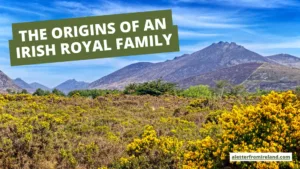
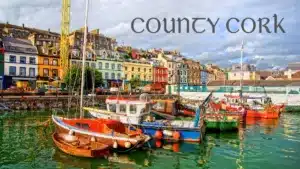
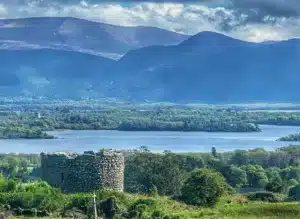
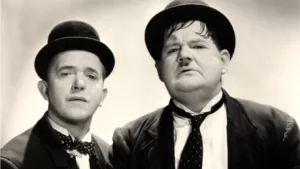
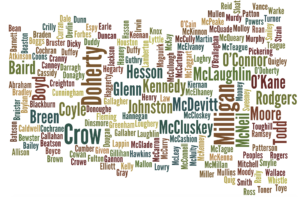

Only Plus Members can comment - Join Now
If you already have an account sign in here.